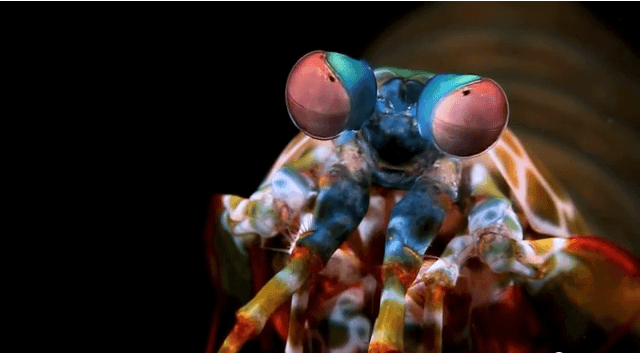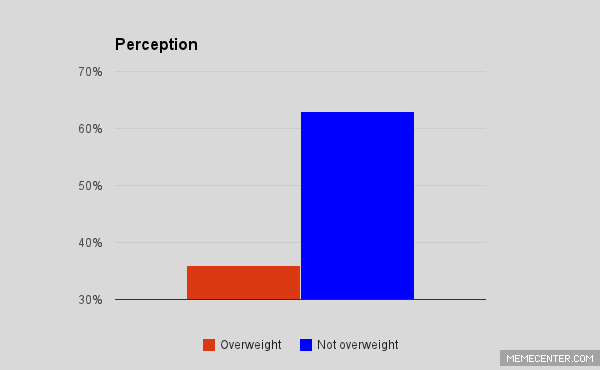Nature has a way of wowing you. Its beauty smacks you on the head like a 200-pound mallet. Its hues are so gentle and so complete that no human palate can compete, and its shapes are often so bizarre they far surpass the imagination of the wildest Hollywood producer.
It is a humble kind of beauty. It can be found in the smallest nooks and crannies on earth, in the deepest depths and as high as one can glide. It is almost as if nature is teaching us a lesson: “I am beautiful for my own sake, not for you, not for show.”
And this shrimp in the video is a perfect example. Doing nothing much, just looking at the camera, it totally takes your breath away.
The video shows the independent scanning eye movements of the mantis shrimp (Odontodactylus scyllarus). The dark areas of the eye are called the pseudopupil, which is created by the facets of the eye that are looking directly at you. The mantis shrimp often has three separate pseudopopils in each eye. This gives it trinocular depth perception in each eye independently.
The Mantis Shrimp is about a foot long and is known for its ability to strike a punch of about 200 lbs. Its unique eye structure boggled scientist for a long time. Recently published research found that the mantis shrimp’s color vision relies on a simple, efficient, and previously unknown mechanism that operates at the level of individual photoreceptors and can see hues humans can’t.
This video was uploaded to YouTube about a year ago by Michael Bok, a postdoctoral student in Lund, Sweden. He studies “vision in mantis shrimp, worms, and anything else with eyes.” Follow his blog.





